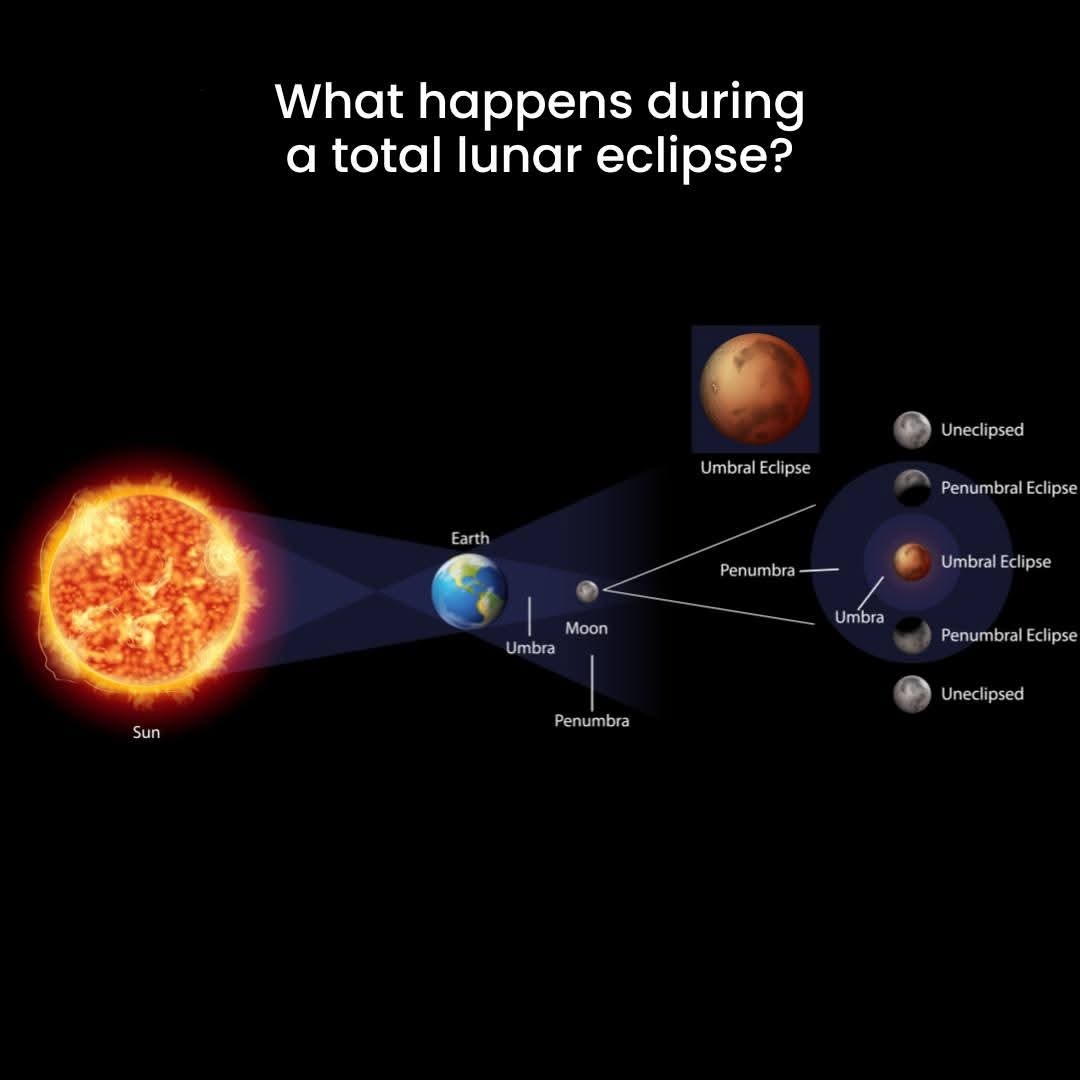Kathmandu - The world is set to witness a breathtaking celestial event as the first total lunar eclipse in three years graces the night sky. This rare phenomenon, often referred to as a "blood moon," will occur on the night of March 13-14, captivating millions across the globe.
During the event, the full moon will pass through Earth's shadow, taking on a dramatic reddish hue caused by the scattering of sunlight through Earth's atmosphere. This enchanting spectacle will last approximately six hours, offering a unique opportunity for skywatchers to experience the wonder of astronomy.
Observers in North and South America, parts of Europe, Africa, and the Pacific region will have the best views of the eclipse. To fully enjoy the event, clear skies and minimal light pollution are essential.
The total phase of the eclipse, when the moon is completely enveloped in Earth’s shadow, will last just over an hour, making it a prime moment for photographers and enthusiasts to capture the moon’s striking crimson appearance.
For detailed viewing tips and timing information in your region, visit the National Geographic link provided here: https://on.natgeo.com/3XR9LUX.
This celestial event serves as a reminder of the intricate beauty of our universe, inspiring people worldwide to look up and marvel at the wonders of space. Stay tuned to Ecosphere News for more updates on upcoming astronomical phenomena.